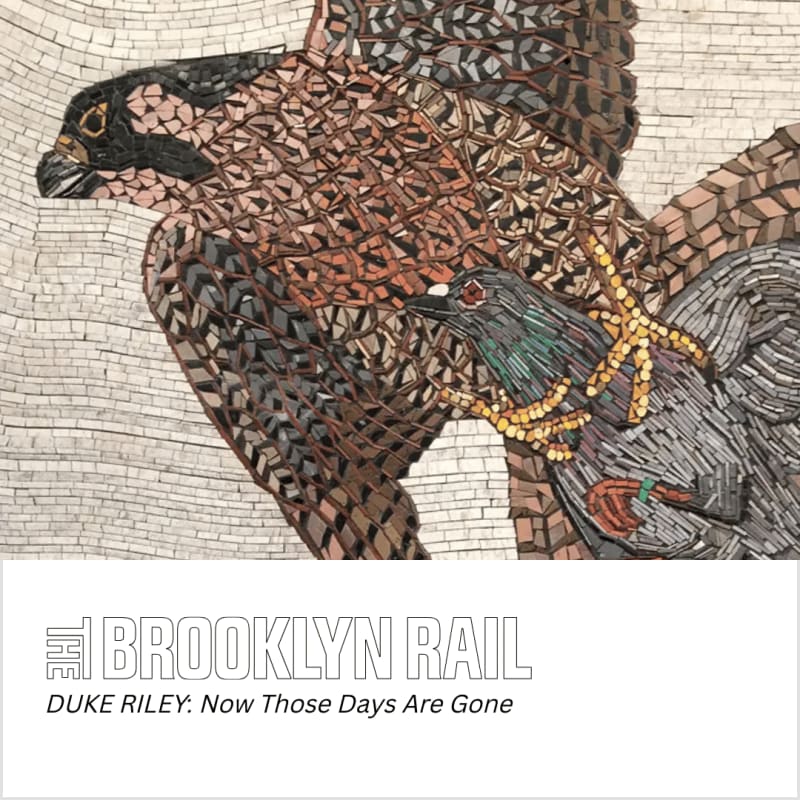It has been said that adding bacon to anything makes it better. How you relate to this statement depends upon your circumstances, not least of which your relationship to animals and the nonhuman world. Duke Riley has been cultivating a dialogue with a very specific nonhuman population for decades—pigeons. But to focus on the pigeon alone in Now Those Days Are Gone would be to miss an invitation.
Riley has said that he could likely run his car off the road while looking at birds flying—that he “notices” things in this way.1 From the spanning and intermingling of methods and materials he uses in Now Those Days Are Gone, it is clear Riley not only “notices,” but prioritizes this seeing and being with. As a result, his work is a determined sharing by all means possible, where to recognize one bird’s identity may be a key to paying attention and then perhaps, each time a pigeon happens by outside of the gallery—which in New York City happens often—a kind of recognition of singularity may occur again.



